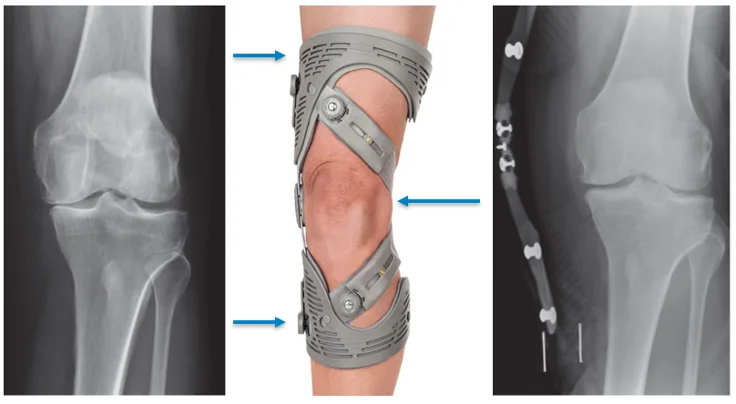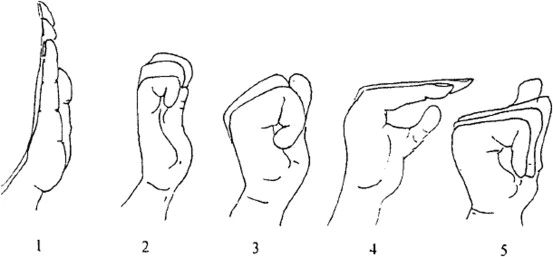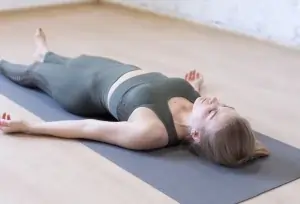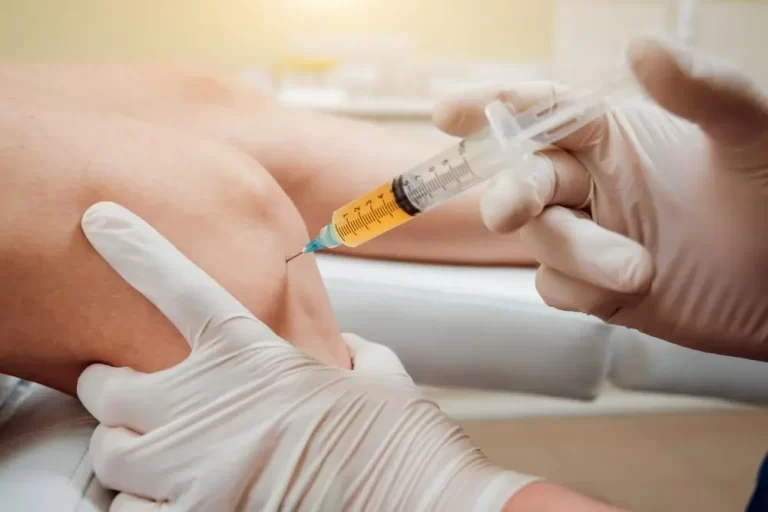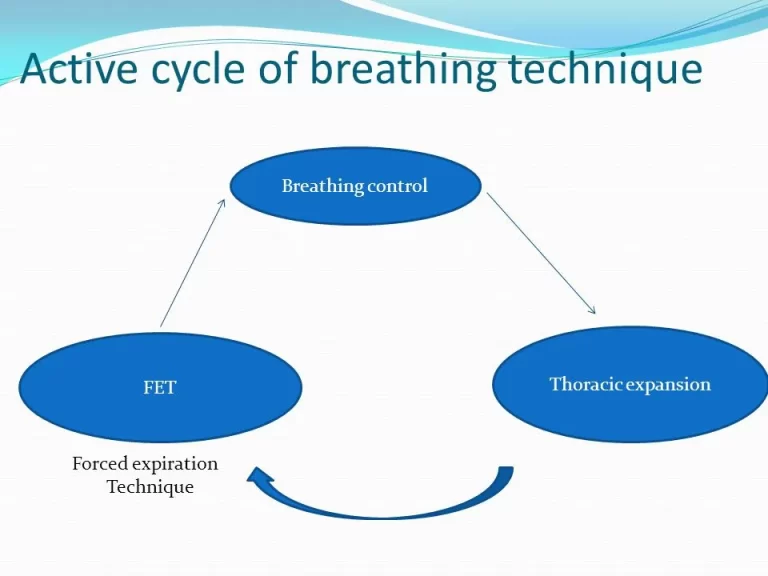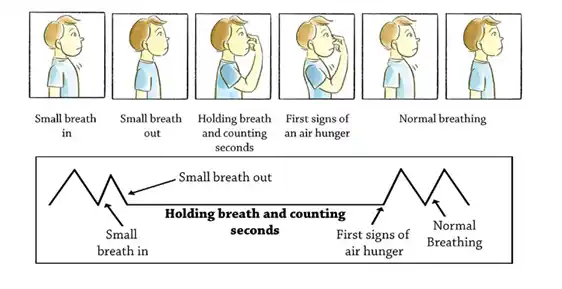Unloader Knee Brace for Osteoarthritis
Introduction: Osteoarthritis is a common degenerative joint disease that can impact the knees. A knee unloader brace can improve stability and ease pain by lessening the strain on the injured region. Customised brace is a successful nonsurgical treatment. A knee brace can help someone restore from surgery while also delaying a potential future procedure. A…

